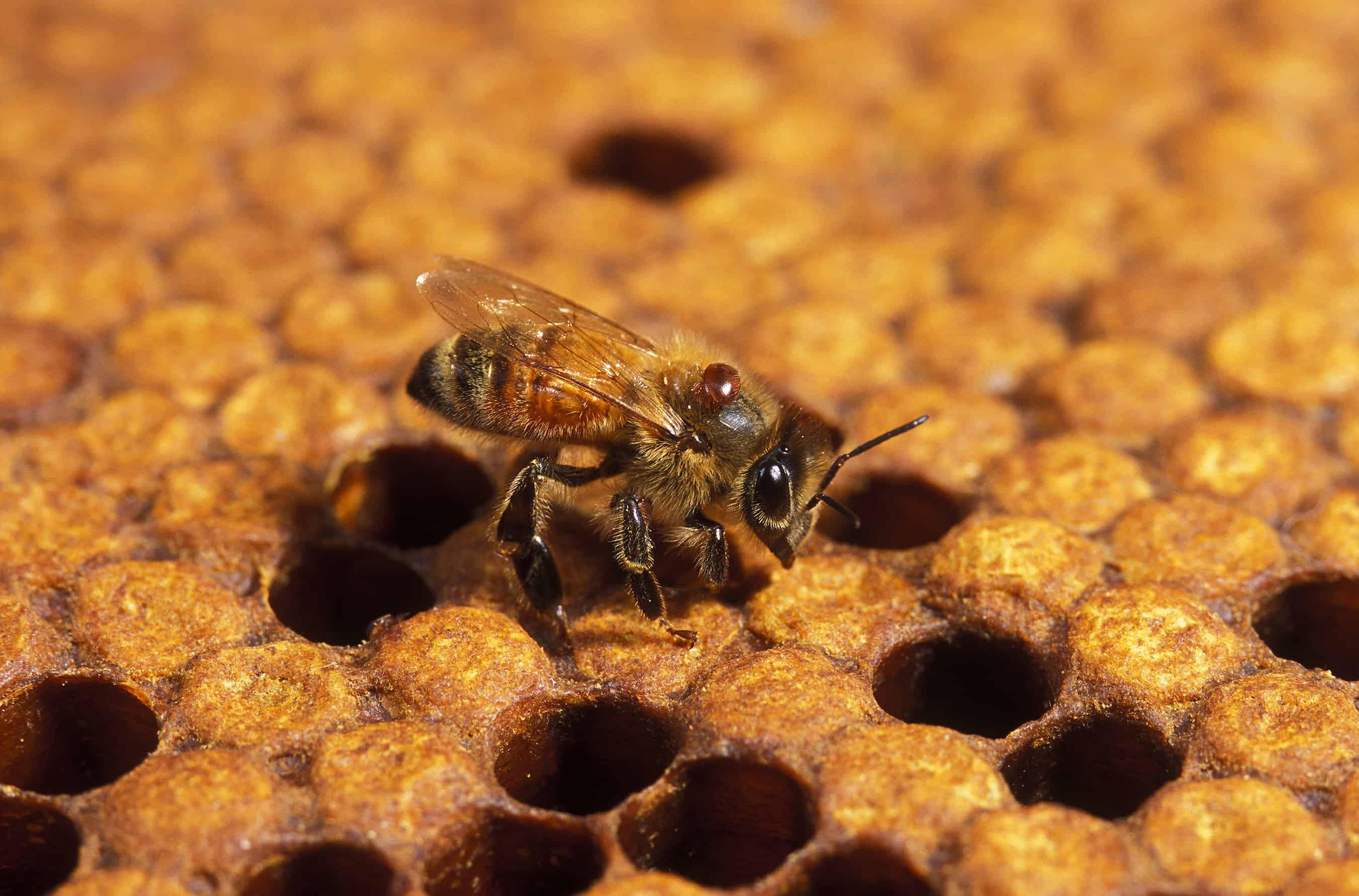Environmental Activists Continue to ‘Bee’ Wrong about Honeybee Health Challenges

 Bloomberg reports some good news this week: Honeybee hive health has improved and so-called colony collapse disorder (CCD) is less of a problem than it was before. Yet CCD has never really been the major challenge to bees. Environmental activists have used it as an excuse to advance pesticide regulations, spreading misinformation about its causes and impact.
Bloomberg reports some good news this week: Honeybee hive health has improved and so-called colony collapse disorder (CCD) is less of a problem than it was before. Yet CCD has never really been the major challenge to bees. Environmental activists have used it as an excuse to advance pesticide regulations, spreading misinformation about its causes and impact.
May Berenbaum, an entomologist at the University of Illinois, notes in the Bloomberg story:
“[CCD has] been more of a blip in the history of beekeeping,” she said in an interview. On the other hand, “it’s staggering that half of America’s bees have mites,” she said. “Colony Collapse Disorder has been vastly overshadowed by diseases, recognizable parasites and diagnosable physiological problems.”
The phrase “colony collapse disorder” refers to hive losses that occur along with a very specific set of circumstances. Researchers attribute hive losses to CCD when most or all adult honeybees disappear from the hive, leaving behind honey, a live queen, and immature bees. Back in 2010 a United Nations Environment Programme study reported that 7 percent of hive losses are attributed to CCD, and the remaining 93 percent to other causes.
Yet Greenpeace and many others have tried to lay the blame on a class of pesticides called neonicotinoids or neonics, claiming that these chemicals “might just be the prime culprit in the honeybee plague known as Colony Collapse Disorder (CCD).” Many other groups and media outlets claimed that honeybee populations were declining at an alarming rate, suggesting they might disappear altogether, even though globally their numbers were increasing.
As detailed before, the real challenges to honeybee hive health are largely related to diseases. Other factors may add stress to the bees, making them more susceptible to diseases. Such stressors include poor nutrition, movement of hives by bee keepers, and some pesticide exposures.
Of the pesticide related stressors, neonics should be of the least concern because exposure is minimal. These chemicals are applied to seeds and absorbed into the plants, which means they mostly affect pests that bite and chew on the plants. Passing bees or butterflies aren’t going to have much exposure. A recent study in the EU showed that 95 percent of the time where neonics are used, bees had no detectible exposures, even though they visited the plants for pollen and nectar.
Other studies have found that some pesticides—other than neonics—do add stress on bees, but they also help save bees from mites and other vectors. Beekeepers apply pesticides to the hives to control mites that might otherwise kill the bees. So while these chemicals can weaken the hives, they are crucial to their survival. And by controlling mites, they prevent them from spreading to other hives.
The good news is that beekeepers have improved hive management, which is where the real solution lies. Ironically, that includes he use of pesticides to control the mites.
Ignoring these realities, environmental activists continue to spread misinformation and push lawmakers to advance bans on neonics. Unfortunately, some lawmakers are listening. Where neonics are restricted, such as in Europe, farmers are forced to use other chemicals that do more harm to the bees because they must be sprayed in the environment. And farmers also suffer from increased crop damage because those products don’t work as well. And that translates into higher food prices for the rest of us.
Lawmakers need to start ignoring the environmentalist hype and let bee keepers continue to resolve these challenges—and then we will all bee better off.